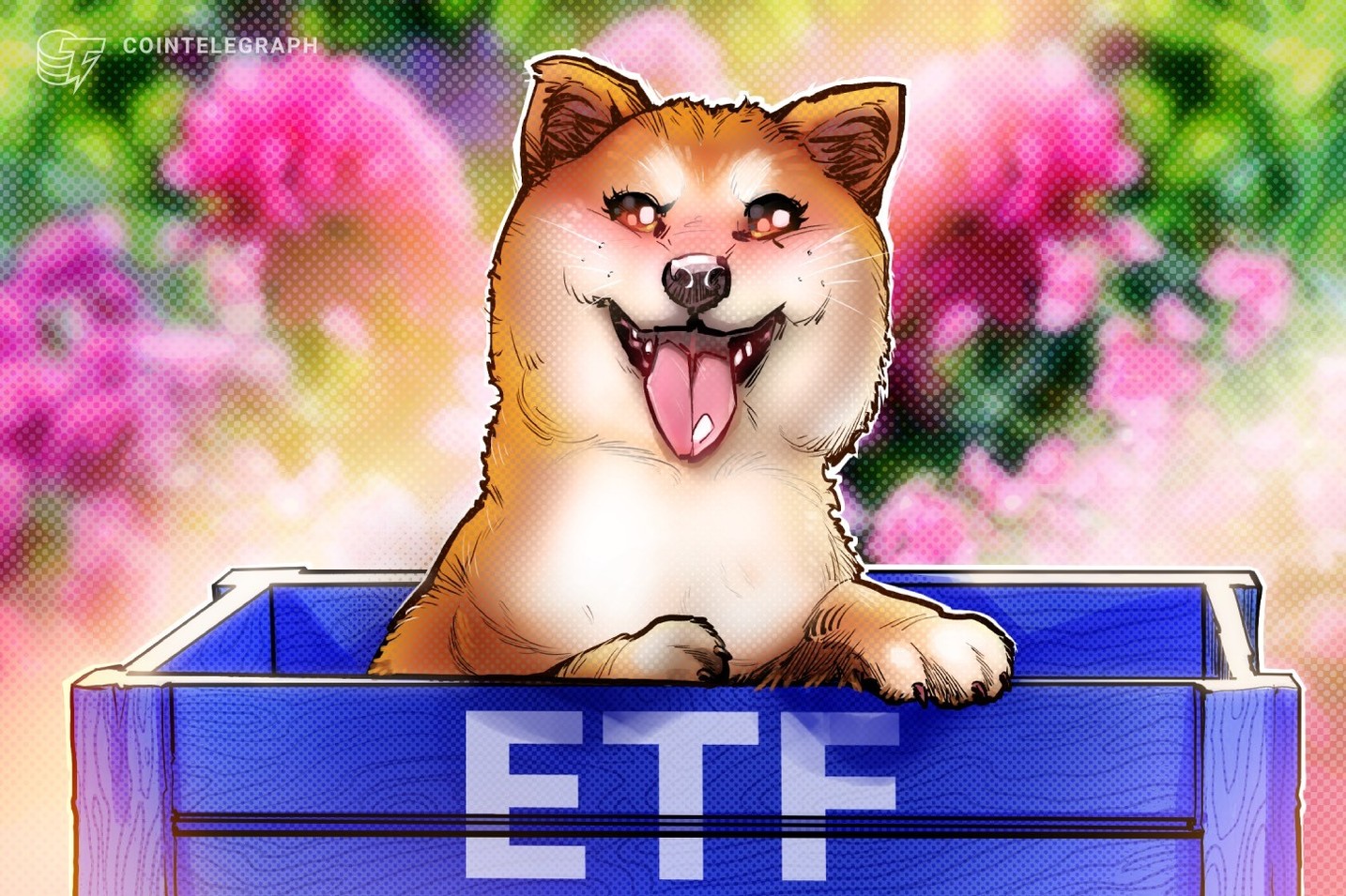
Hyperliquid, a decentralized perpetual swap exchange, recently held an on-chain bidding war to determine who would issue its own stablecoin, USDH. Remarkably, Stripe's Bridge, through its partner Native Markets, ultimately secured the USDH issuance rights, beating out competitors like Paxos, Agora, and Ethena.
USDH bidding war begins, with various players scrambling to join
Hyperliquid announced the launch of its own USDH stablecoin on September 8th, with the platform's validators voting to determine the issuing partner. Hyperliquid is calling on teams interested in assisting with the USDH issuance to submit proposals, which will be selected through an on-chain governance process.
The bidding attracted many well-known industry participants, including Paxos, Frax Finance, Agora, Ethena, and Native Markets, a startup that is collaborating with Stripe's stablecoin division Bridge.
The bidding conditions are shocking, with zero income or high commissions offered to grab contracts
According to Bloomberg , various industry players are offering Hyperliquid surprisingly favorable terms to secure the contract:
Paxos : Promise not to take any profits until the USDH scale reaches US$1 billion.
Agora : Proposes to distribute 100% of profits to Hyperliquid.
Ethena : Proposes to share 95% of the profits with Hyperliquid.
But in the end, Native Markets won the favor of validators by virtue of its cooperation with Stripe and successfully won the right to issue USDH.
Native Markets' Four Execution Strategies for USDH
Native Markets has reportedly developed a comprehensive implementation plan for the launch of Hyperliquid's native stablecoin, USDH, with clear strategies for everything from launch steps and asset reserves to revenue distribution and community governance.
1. Gradual launch: Closed beta + limited minting
The first wave will be a phased rollout. Native Markets will initially conduct a closed beta test, capping minting at $800 USDH per user and limiting redemptions. This will allow for a small-scale validation of system stability and on-chain operations.
After the test is completed, the USDH/USDC spot trading pair will be opened first, and then restrictions will be gradually lifted to expand market use.
2. Dual Reserve Model: On-chain and Off-chain in Parallel
USDH adopts a dual reserve design, dividing assets into on-chain and off-chain management:
Off-chain: BlackRock manages assets such as fiat currencies and US Treasury bonds to ensure security and compliance.
On-chain: Superstate and Bridge control and operate on-chain reserve assets.
3. Revenue Distribution: Closely linked to the Hyperliquid ecosystem
The income generated by USDH reserves will be fed back into the Hyperliquid ecosystem:
HYPE token buyback: Part of the proceeds will be used to buy back Hyperliquid’s platform token HYPE to drive the price of the token and the development of the platform.
Promotion and Expansion: Another part is used to promote USDH adoption, such as incentive programs or other marketing promotions.
4. Governance and Community Engagement: The Core of Validator Decision-Making
Native Markets was the first to submit its proposal to Hyperliquid in this bidding process, and through prediction market participation and endorsements from early backers, it led the voting process. Key validators, including CMI Trading , expressed early support, bolstering community confidence.
Stripe invests $1.1 billion to acquire Bridge, entering the stablecoin market
In February of this year, Stripe acquired the stablecoin startup Bridge for $1.1 billion and partnered with crypto venture firm Paradigm to launch its own blockchain, Tempo. Leveraging Bridge's regulatory advantages in the US, Stripe successfully obtained Money Transmitter Licenses (MTLs) in 30 states and integrated successfully with numerous wallet providers and exchanges.

Native Markets' successful acquisition of USDH issuance rights has made Stripe a key driver of Hyperliquid's native stablecoin, and can also be seen as a major breakthrough for Stripe in the development of crypto infrastructure.
Agora claims it violates the spirit of decentralization, Circle: Unaffected
However, regarding this bidding, Nick van Eck, co-founder of stablecoin startup Agora, said that handing over the core stablecoin to "vertically integrated issuers with conflicts of interest" may violate the spirit of decentralization.
Currently, Hyperliquid's primary stablecoin supply is USDC (over $6.2 billion, representing over 95%). Following the news of the bidding, Circle remained calm, stating that it was unaffected. However, the industry generally believes that the launch of USDH could alter the flow of funds in the stablecoin market.

Will Hyperliquid issue the stablecoin USDH? Paxos, Frax, Agora, and Ethena are competing.
The article Native Markets secures Hyperliquid's USDH stablecoin issuance rights, with Stripe and Bridge joining forces, originally appeared on ABMedia ABMedia .








